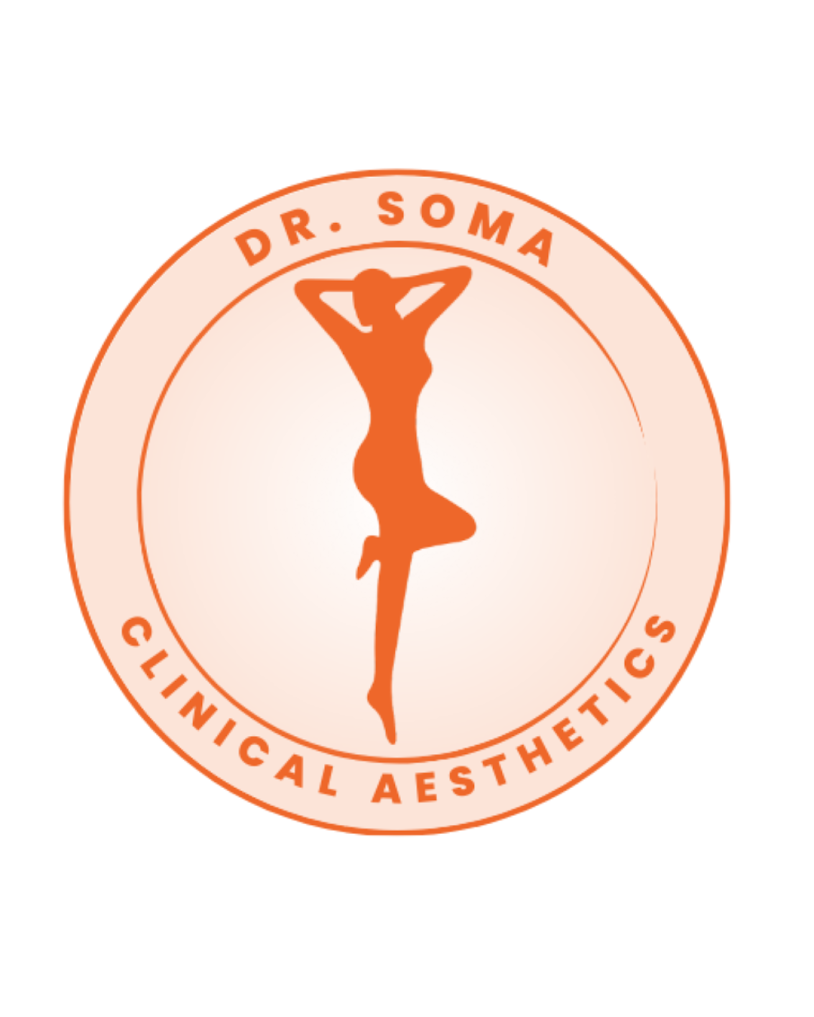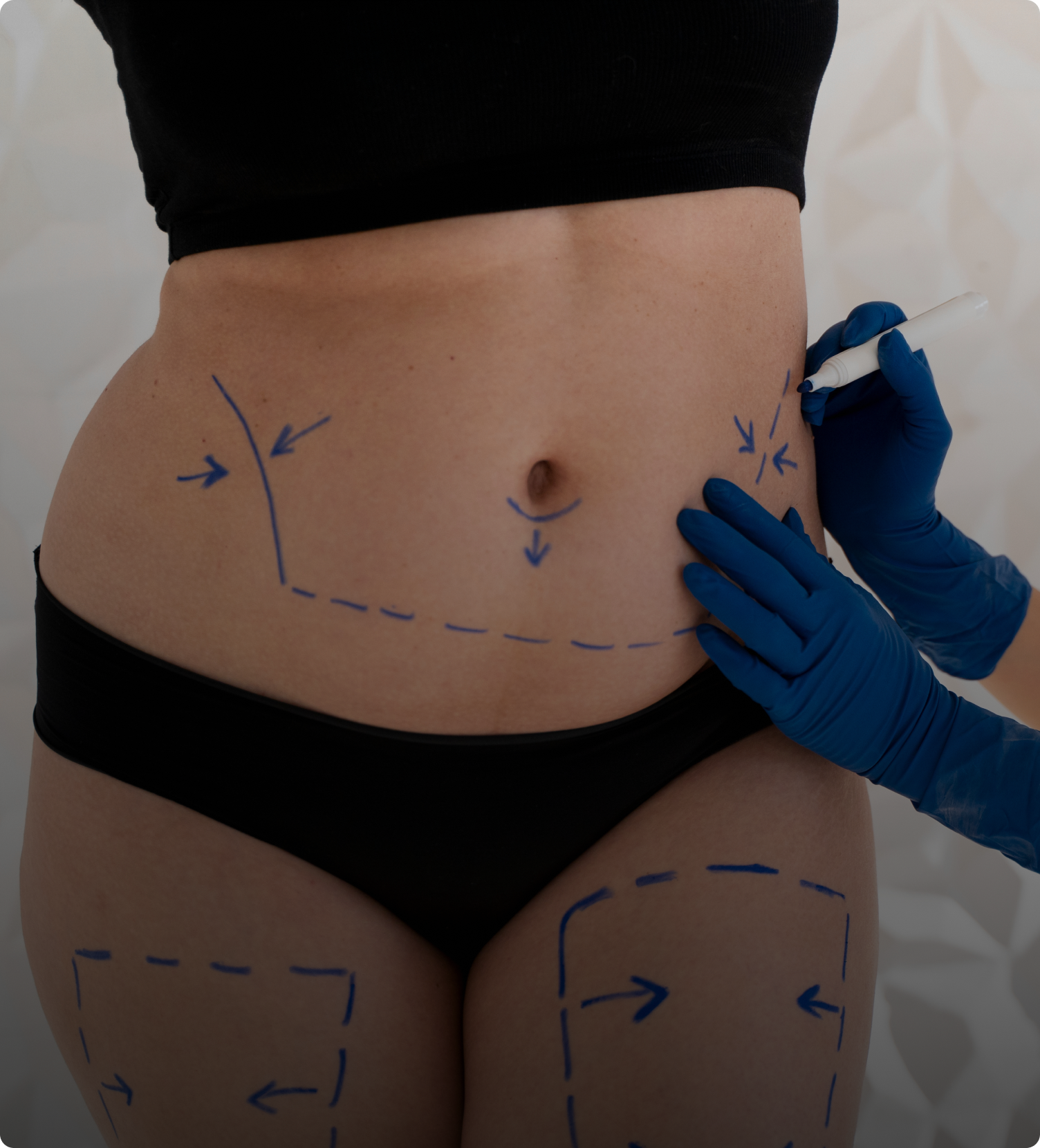
Tummy Tuck Surgery

Having excess fat and skin around the abdomen can be frustrating, especially if you've worked hard to lose weight and can't seem to shift those last few pounds. You don't have to live with excess abdominal skin and fat though. Opting for a tummy tuck, or abdominoplasty will help rid you of the excess fat and skin while giving a flatter and more toned look.
TUMMY TUCK SURGERY Details
What is Abdominoplasty or Tummy Tuck?
Tummy Tuck is a surgical procedure to remove excess skin and fat from the abdomen and to enhance physical beauty by tightening the muscles of the abdominal wall. This procedure can be combined with Bilateral Breast Augmentation, Liposuction & Facelift. Having loose skin on the abdomen can be a result of a few things, such as having lost a lot of weight, or after pregnancy, where the stretched skin and muscles have become slack. It's also an option for those who have scarring after having had abdominal surgery.
What a Tummy Tuck is Not?
A tummy tuck won't help you lose weight, control it, or stop you from future weight gain. The purpose is to tone the body and improve the shape of the abdomen.
Who Is The Ideal Candidate for Tummy Tuck in Malaysia?
The ideal candidate for tummy tuck in Malaysia is anyone with loose skin and excess fat in the upper tummy, excess fatty tissue especially in the lower abdomen and flanks, damaged lower abdominal skin (especially women with stretch marks after multiple pregnancies ) & those with 'loosening' or 'bulging' of the abdomen caused by stretching of the muscles and tissue of the abdominal wall that is deeper to the skin and fat layer.
Who Should Not Consider a Tummy Tuck?
If you are planning on becoming pregnant again or losing a large amount of weight, you shouldn't consider having a tummy tuck. This is because both can lead to more excess skin and stretch marks, which means you would need to have a second procedure. Also, if you are a heavy smoker, extremely overweight, or have had issues with blood clotting on the past, this procedure may not be suitable for you.
How is the Tummy Tuck procedure done?
There are two types of tummy tuck procedures that can be done; a partial tummy tuck and a full extended tummy tuck. Both use a general anesthetic during the procedure and involves excising all the skin and fat layer below the umbilicus, closure of the weakened abdominal wall muscles and the hernia if it is present. In ladies, this will enhance their hourglass figure. The skin above the umbilicus is now stretched and sutured to the hair-bearing skin in the pubis. The umbilicus is now brought out to its new location through a new defect made out in the skin and sutured in place.
Chat with us to arrange your consultation with Dr. Soma.
What can you expect after the operation?
After the operation, you will experience some pain and discomfort, which can be controlled with pain medication. You will need to wear a compression garment for several weeks to help with swelling and support the healing process. You should avoid strenuous activities and heavy lifting for at least 6 weeks. The scars will initially be red and raised but will fade over time. You may experience some numbness in the treated area, which usually resolves within a few months.
What are the benefits of the procedure?
The benefits of a tummy tuck include a flatter, more toned abdomen, improved body contour, enhanced self-confidence, and better fitting clothes. It can also help with posture and reduce back pain caused by weak abdominal muscles. The procedure can be life-changing for those who have struggled with excess skin and fat in the abdominal area.
Frequently Asked Questions
How long does it take to recover from a tummy tuck?
Will I have scars after a tummy tuck?
Can I get pregnant after a tummy tuck?
How much weight can I lose with a tummy tuck?
When can I exercise after a tummy tuck?
Related topics

Liposuction
Remove unwanted fat and sculpt your body with advanced liposuction techniques

Breast Augmentation
Enhance breast size and volume with premium implant options

Face Lift
Restore youthful appearance with advanced facial rejuvenation

Six Pack Enhancement
Achieve defined abdominal muscles with surgical enhancement